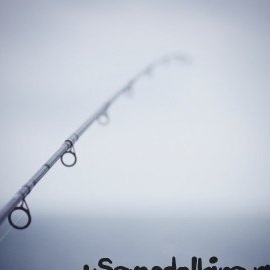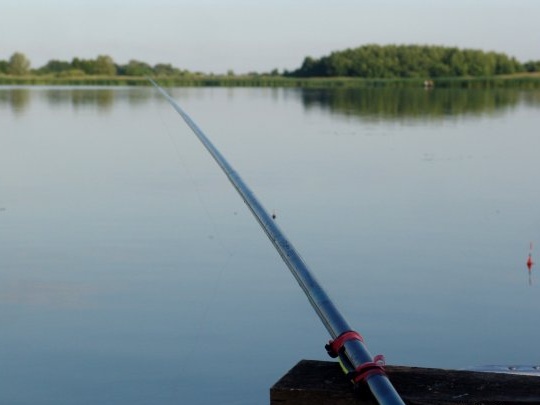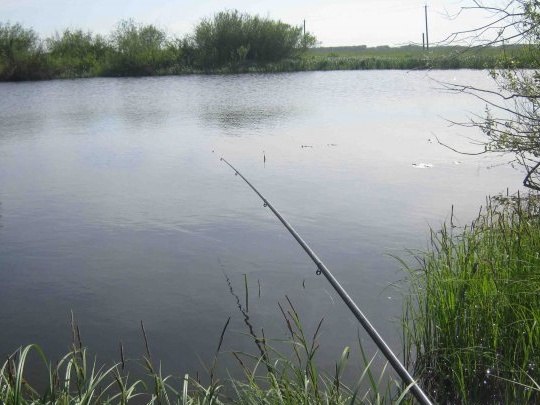
Fishing rod - no better for the angler. Without it, you can catch fish with other devices, such as a grenade or net. But there will always be lovers of fishing rods, and there are many of them in our country. Not all fishing rods were inherited from father to son. And buying in branded stores is now expensive. What remains to the amateur fisherman? Make fishing rod do it yourself.
In Soviet times, Komsomol members were easy to invent. The fishing rod was prepared from tree branches. Rings and coils are made of wire. A float from a feather of a forest bird, and a fishing line from a dratva, or from other improvised material. And these young people were so dexterous that they managed to catch fish for dinner and still carry with them.
Times have changed. The USSR collapsed, but fishing rod habits remained. And although during the time of perestroika there was an opportunity to buy a fishing rod from bamboo, the desire to do it yourself was stronger. An example of making a fishing rod with your own hands will be presented below and your task will be to determine whether it can compete with modern fishing rods and whether it is possible to go fishing with it at all.
When deciding on the choice of material for a fishing rod, it is worth considering the features of the season. In spring, the wood is not strong. If you make a fishing rod from such material, it will be fragile. It is best to wait for the fall and prepare a rod of strong wood, which by that time will have acquired the necessary strength.
First of all, you need to clean the workpieces from knots without touching the bark. Next, we hang from the end to the ceiling in a dry room. A shed or a dry balcony will be ideal; a corridor is also suitable if the sight of hanging fishing rods will not spoil your mood. From below, a load of several kg must be attached to each workpiece. Leave in this position until spring.
With the onset of spring, we clean the workpieces from the bark and polish with sandpaper. Then oil, cover with a layer of varnish and leave to dry. The fishing rod at this moment acquires the properties of resistance to water and elasticity.
But our fishing rod is not yet strong and thin. A miracle solution (acetone, rubber and plastic) will help in solving this problem. We dilute the above ingredients in a basin and apply with a brush to the workpiece until it starts to suit you.The plastic will harden and create the necessary strength. The thickness of the fishing rod will also increase, and the weight is very small.
You can polish the workpiece in order to improve the appearance. Then we fix the rings, made independently or from the store, fixing with glue or threads, we cover with a layer of varnish on top to prevent moisture from entering.
Thus, it is possible to make a rod that will last a long time. He will not be afraid of weather changes. It will be durable and not very heavy. And with it you will catch, with due dexterity, a lot of fish before it becomes worthless. But you can always do new without spending extra money, which, as you know, are not superfluous.
It's time to test the strength. To do this, we attach a weight weighing about 50 grams to the end of the fishing rod. We take the fishing rod by the handle and raise it. You should not hear a crunch and see how your fishing rod will crack. Everything is good? So you can catch a fish weighing five times the load.
The next stage is to increase the load by five times. In case of successful passing the test, you can fish five times more weight. And so on. But do not get carried away, because the more you increase the weight of the load, the more your fishing rod is more likely to break one day.
Almost everything is ready. For lovers of comfortable fishing there is the opportunity to upgrade the fishing rod handle, making it more comfortable and thicker. For these purposes, you can use the usual clothesline, forming a winding in which the coil is adjacent to the coil. You can also use thin skin or the skin of a stingray, making a winding in the manner of samurai swords. The balance can be adjusted by inserting metal weights into the drilled holes in the fishing rod handle. Of course, then the holes will need to be varnished so that moisture does not enter the tree. Or you can attach a metal ball to the end of the fishing rod by attaching a rope to the handle.
All. The fishing rod is finally ready. You can go fishing. Use it with pleasure, not forgetting that it is homemade and requires careful handling.


